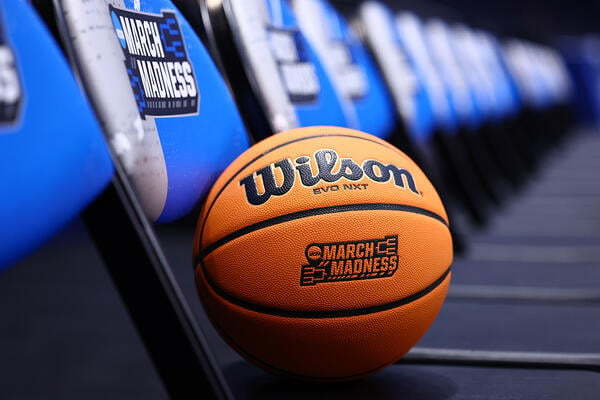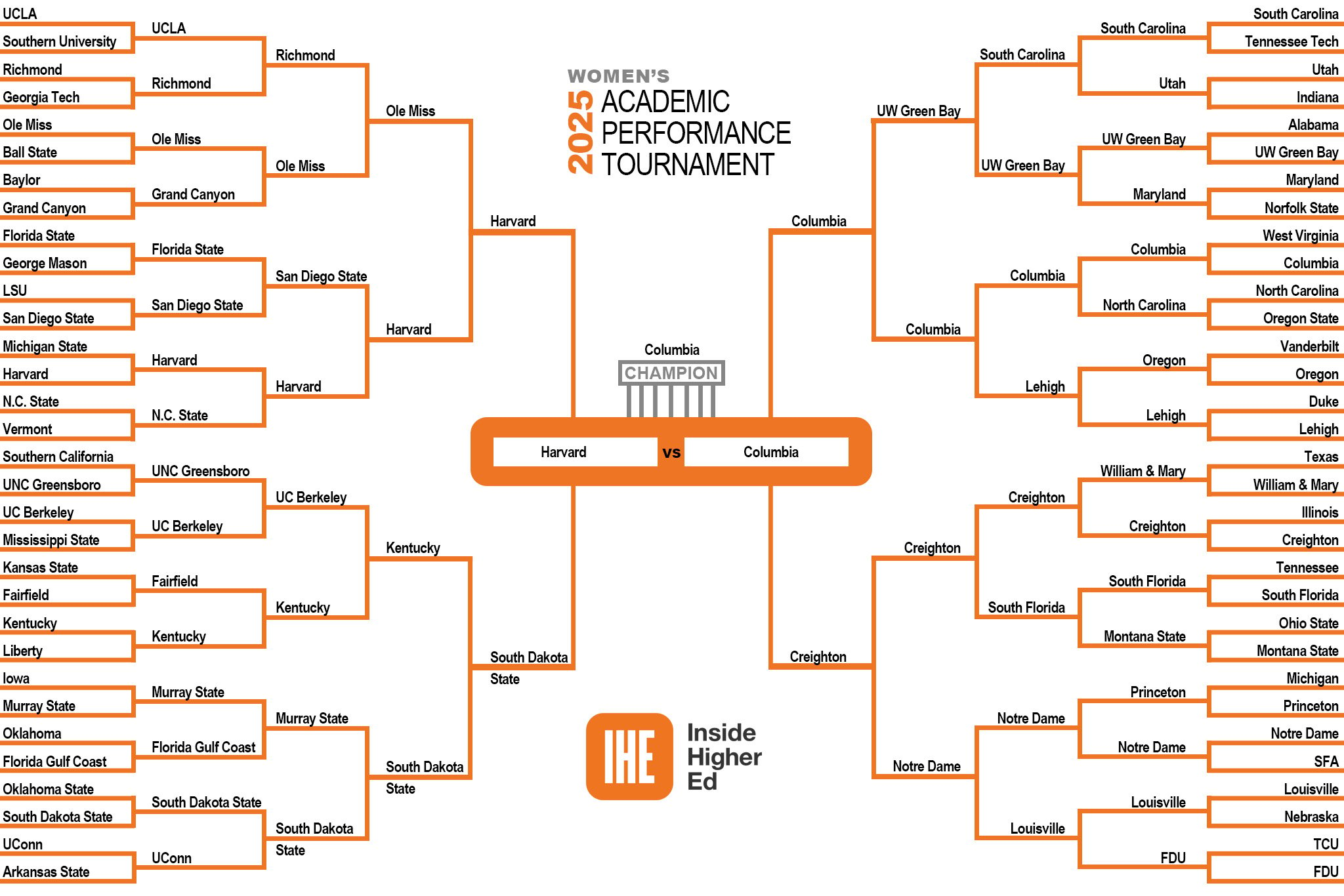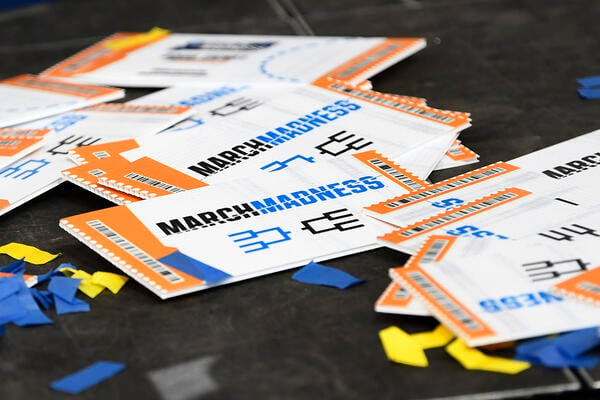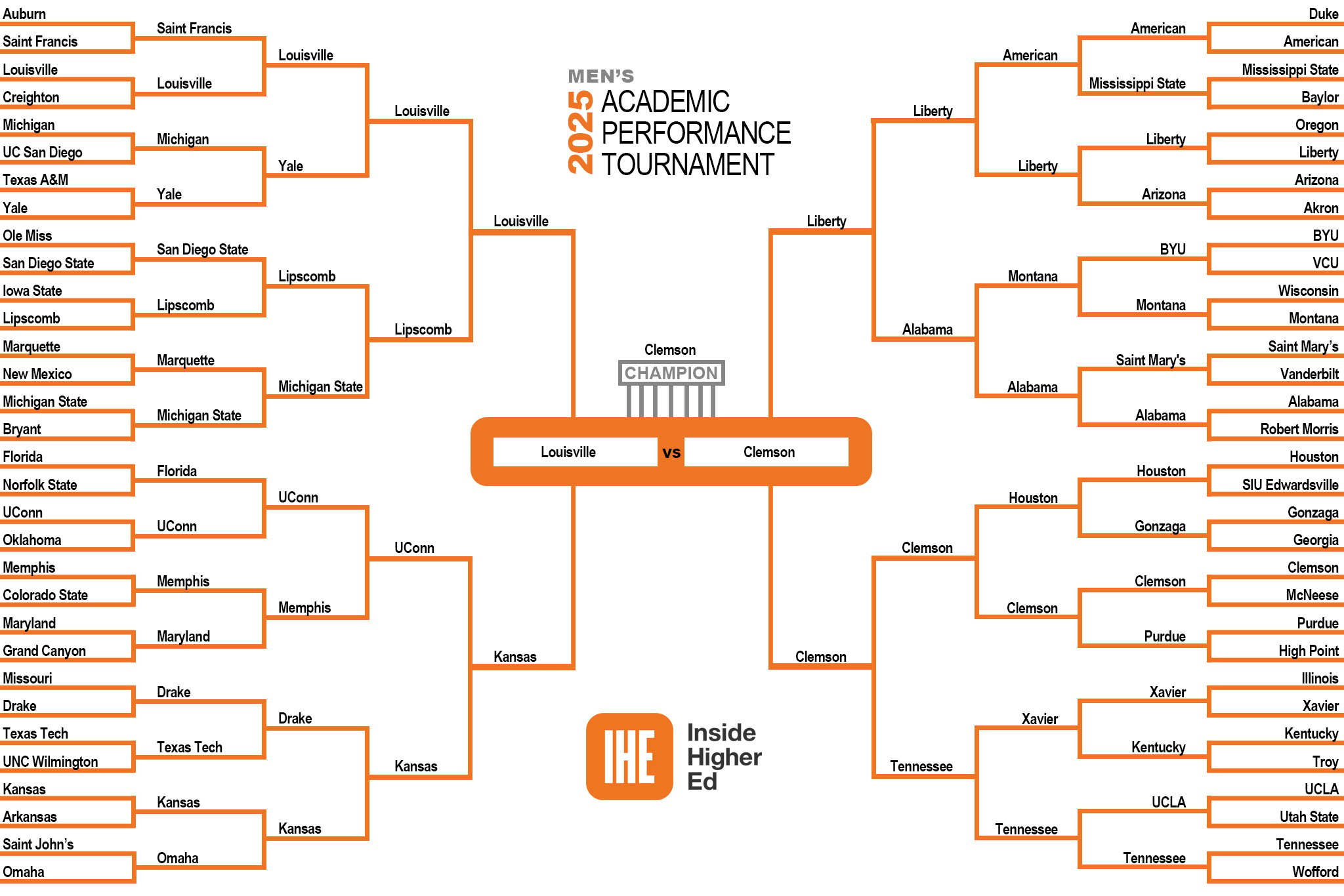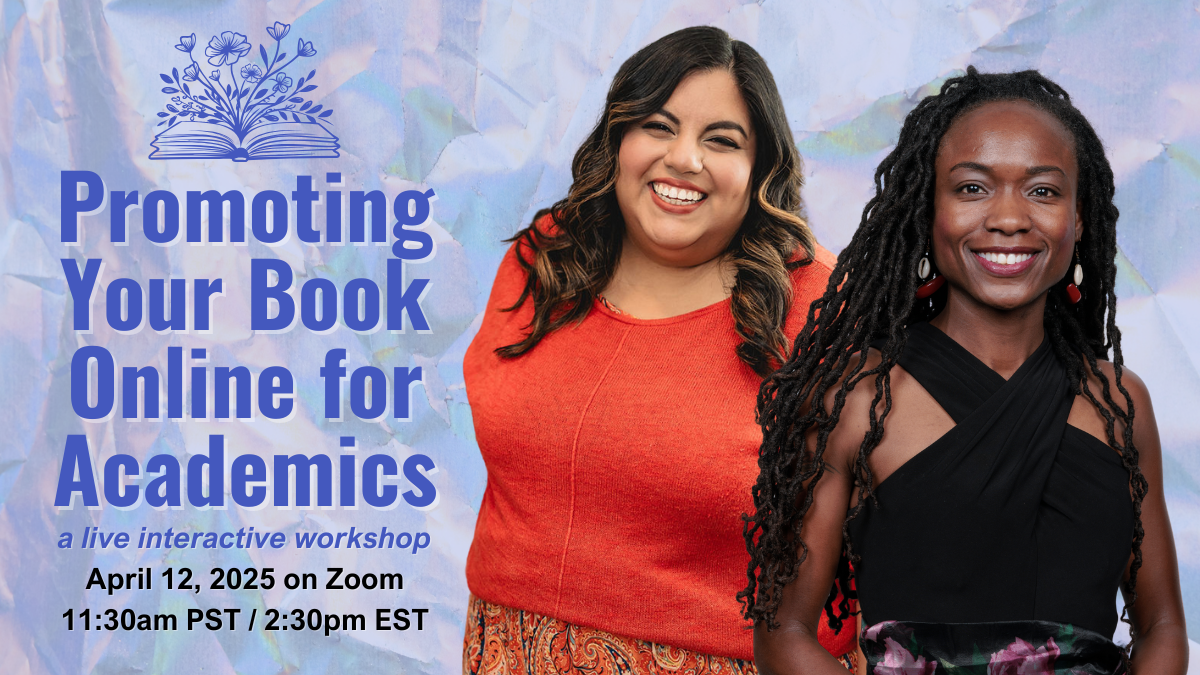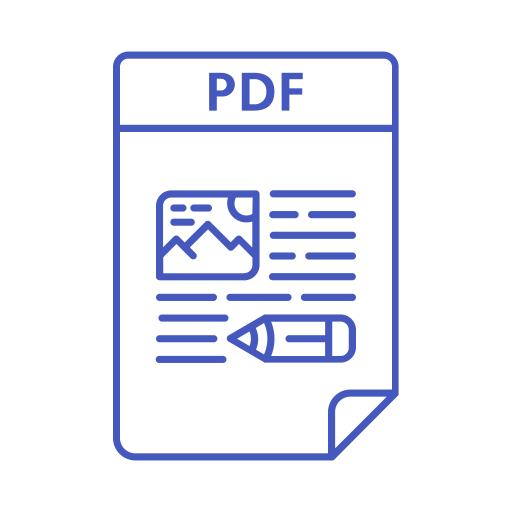When’s the last time you updated your headshot, academics?
When people come to me about creating their personal academic website, few say, “I have photos ready to go.” Some professors have never taken professional photos. Many find that the photos you have of yourself feel a bit out dated. And that’s okay. What about you?
This is a special interview for The Social Academic. I’m opening up to share a bit of my personal life because I want to introduce you to these amazing professionals, Amanda Thorne, and Melissa McClure. They’re people I trusted with my professor clients because they’ve been a great support in how I show up online this year in photos.
Melissa McClure is a photographer in San Diego, California with 20+ years of experience. She was my wedding photographer when I got married last June at the San Diego Zoo Safari Park. I was lucky to have her support with the camera, and felt especially confident because of the artistry skills of Amanda Thorne who did my hair and makeup.
Why am I sharing my wedding photographer and hair and makeup artist with you? Because that wasn’t the end of our journey together. It was the start. Since then we’ve done a personal branding photo shoot when I updated this website (and my personal website too). Melissa and Amanda teamed up for a photo shoot for my husband, Matthew’s website. And Melissa just did a brand shoot for my art history professor father-in-law, Bob. He’s about to launch a new YouTube channel.
Melissa McClure and Amanda Thorne join me to share their tips and expertise about how you show up visually online. We talk about makeup, hair, photos, and getting comfortable on camera.
In this interview
Meet Amanda Thorne and Melissa McClure
Jennifer van Alstyne: Hello and welcome to The Social Academic. I have a special episode for you today where we’re going to be talking a little bit about photography and makeup and what it means to show up visually online. So I have people from my wedding team here because we actually just did a branding photo shoot for my website redesign and it was so amazing. I knew I had to share these experts with you. So I want everyone to meet Amanda Thorne of Thorne Artistry and Melissa McClure.
Amanda Thorne: Hi!
Jennifer: We are so excited that you could both join us live today. Amanda, would you introduce yourself?
Amanda: Thank you so much for having me, Jennifer. And I love working with you and Melissa for your wedding and your branding shoot. My name’s Amanda Thorne. I’m originally from Ohio. I moved out here about 16 years ago now and I’ve had my company Thorne Artistry for 14 years now. So it’s been a while. I do hair makeup, wardrobe styling, and set styling.
Jennifer: Okay, so what does that mean? If I’m someone who has no idea what any of that is, what kinds of things do you actually help people with one-on-one if you’re just working with an individual?
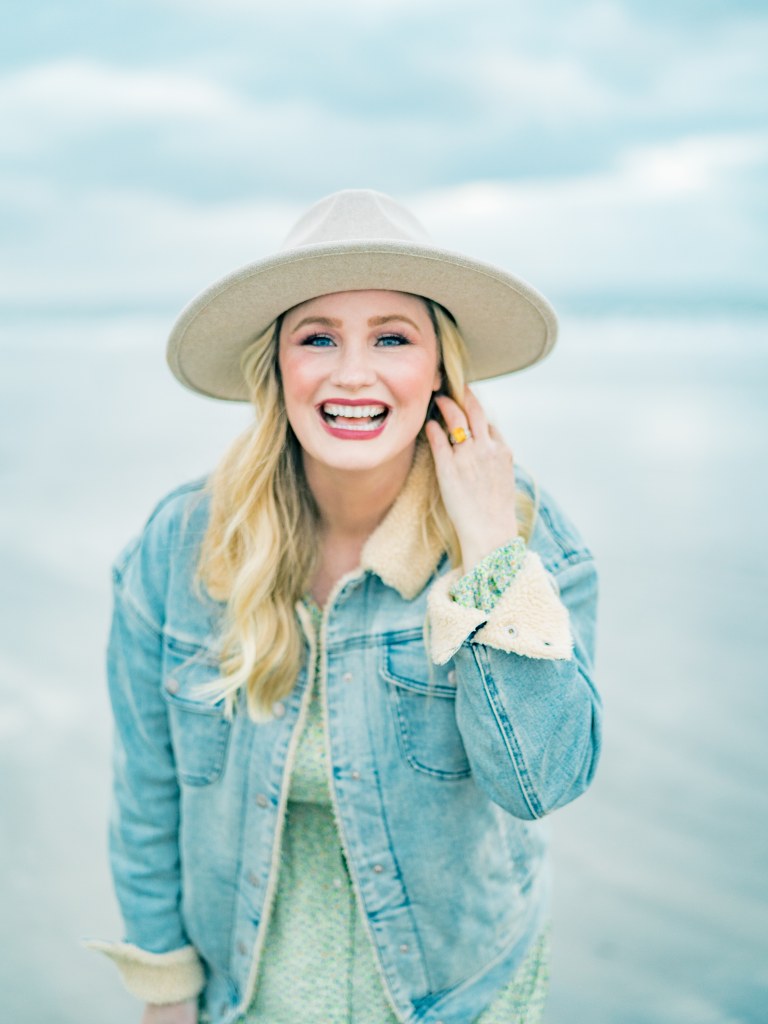
Amanda: So think about it like this. Your image, your branding, what you want to get across to people about yourself and also who you want to attract. That is the big key. And I talk to my clients beforehand about who their audience is in particular and how they want to convey themselves to attract just the right people. And I do that with myself and my own business too, and I’m sure Melissa does.
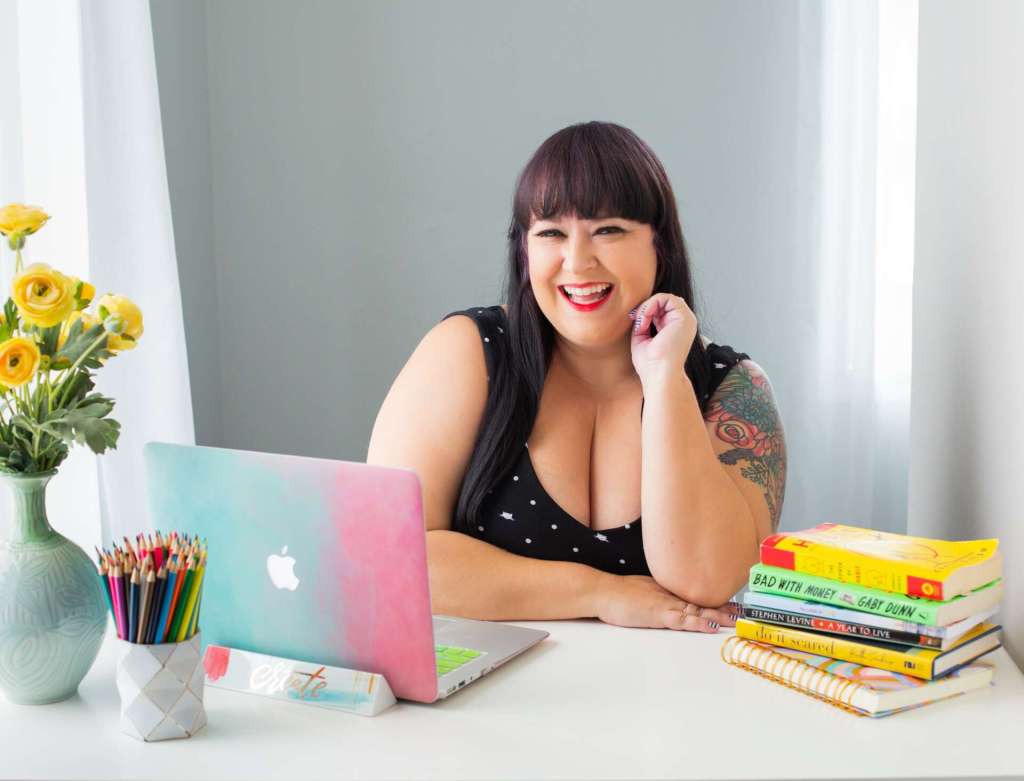
Jennifer: Melissa, you’ve been a photographer for a long time. Tell me a little bit about how you got started. Why do you enjoy this work?
Melissa McClure: Oh yeah. So I am about to hit my 20 years in business next month. So a little celebration for that. [Clapping] Amanda and I worked together for over a decade. I don’t even know if I can count the years. But-
Jennifer: I didn’t realize that! That’s a long time. Wow.
Amanda: Definitely. We’ve known each other a while. It’s been amazing.
Melissa: And I started my business kind of on a whim. A coworker was getting married and wedding photography kind of fell into my lap and I ran with it. It’s been a real blessing for me over the years. And I forgot your original question, Jennifer.
Jennifer: Oh, it was just kind of introduce yourself and let us know a little bit about who you are, who you like to work with too.
Melissa: Yeah, absolutely. So I love to focus on destination weddings. I’ve always been a traveler. That’s a big part of my identity. Pre-COVID, I was doing almost exclusively destination weddings. Things kind of changed since the pandemic, but I still do local and destination weddings. And I love to work with brides that are just, brides and grooms and all clients. I also do portraits and boudoir. But I love to work with clients that are very chill, very, they know what they want, but they trust. Trust is a big, big part of hiring a wedding vendor…
Jennifer: Ah, trust. I think trust is probably why I hesitated for so long to actually think about taking professional photos for The Academic Designer.
Subscribe to The Social Academic blog.
The form above subscribes you to new posts published on The Social Academic blog.
Want emails from Jennifer about building your online presence? Subscribe to her email list.
Looking for the podcast? Subscribe on Spotify.
Prefer to watch videos? Subscribe on YouTube.
Trusting the process (and who you’re working with)
I’ve had The Social Academic blog and my business since 2018, but I’ve always taken selfies. And that’s always worked for me in the sense that I even told people, like, “If you don’t have time to get a professional photographer, take a selfie. It’ll work.” It’s better than nothing for now.
I didn’t have trust in myself, but I also wasn’t sure how to start trusting potential vendors when it came to taking photos for my business. And when it came to my wedding, it felt like something that I deserved. It felt like something that was kind of part of a typical process. And so it was an easy yes for me to work with you.
But at the same time, it wasn’t until I had that experience and found that the trust was so easy with us. Like, it came so naturally and I felt so comfortable working with both of you that I felt like I could trust myself in the process of actually doing the branding photo shoot. Yeah, it just was so meaningful to me.
I wanted to share you both with everyone here on The Social Academic. A lot of this audience is professors, graduate students, experts, some people who are starting their own businesses now, and people who really want to show up authentically like themselves, the way that people will see them in real life and to feel comfortable in the process of getting there. Because I don’t know, maybe you’re different from me. But like, I don’t know that I’ve ever really felt comfortable in front of the camera, even though people tell me that I look comfortable.
Amanda: You look really comfortable in front of the camera, by the way. I would never know if you hadn’t said that, that you got nervous, you look just like . . . and Melissa is really good about bringing that out of people too, which is amazing.
Melissa: Thank you, Amanda. That’s really sweet. And I want to shout out you too, because I think there’s something about getting glammed up. It’s something we don’t do for ourselves all the time. And having a professional come in and be like, this is how I see your eyes looking the best or I see your skin looking the best. Really gives you that boost of confidence. So that when you get to me as the photographer, you’re already feeling like riding high like, “Hey, I look good. So I think the combination of the two is the sweet spot.
Jennifer: Mmm.
Amanda: It’s really magical, honestly, like the collaboration involved. I think the first part is just establishing what feels like you. And you really struck a note with when you said being authentic to yourself. I’ve always been a huge believer in that. And I try to talk to my clients about that. I’m like, “There are no rules. You don’t have to like pretend to be this or that or whatever the expectation is in your head. You just have to be true to yourself and what you want to convey is your authentic self. You want to pull in those same authentic people. So why would you try to be someone else?” And I do my very best to like, get people to realize, like what it is that is truly them.
Melissa: I think people see themselves in you, too. They want to say like, “Oh, she can do this. I can do this too.” They want to feel seen and heard and you showing up and saying, “Hey, I’m going to do this for myself. You should do this for yourself.” It’s so much easier for people to see that.
Jennifer: Well, one of the reasons that I’m going to be recommending each of you to professor clients that I work with on strategic website plans in the future. It’s because of that personalized touch that I think that, I don’t know. I don’t know that it’s like all photographers and all makeup artists have probably different processes for starting to work with clients.
I felt like each of you really took time to get to know me, get to know the vision that I had and even asking questions to me that like I never would have thought of. I never would have come up with on my own. And I know that that’s something that professors who are listening to this appreciate because questions really help us get to the next step in our thinking, to the next step in what we want for ourselves.
And if you hadn’t asked me those questions, like I wouldn’t have gotten to the photo shoot part and we had like such a great plan.
What Jennifer’s branding photo shoot was like
Jennifer: So wait, what was that like? We set up a time in advance. So we all, we all had like the same day and Amanda, you actually came to my house.
I was able to get my makeup and hair done in the comfort of my own home where we were also doing the photo shoot, which Melissa came. And then we were all together. Is that right?
Melissa: Yeah, I think that was so cool because, I was photographing you in your office, which you are right now. And one of my favorite things was Amanda saw you were wearing this beautiful orange, I think it was a sweater.
And Amanda saw this little pop of orange in the back. She’s like, we have to have this in the back. So it was almost like she acted like a stylist while she was there, which I loved. And it’s just something I didn’t see that she saw. And, you know, having those two people that do artistic frames, working together and seeing things and helping and she was able to be there while I got to do my job photographing you and looking for the light.
Jennifer: Now, I know we all met via like wedding, right? I got married at the San Diego Zoo Safari Park last June. And it was amazing. It’s so beautiful!
Jennifer: So we met through weddings, but you also you both work with businesses, you work with individuals. Is that right?
Amanda: Definitely. I work with other small businesses. I work with people up and coming, just like getting their business started and also seasoned professionals that have been doing it a long time, but just feel like they want to refresh or, you know, some new life in their brand. So I think it’s very, very fun and very interesting just to get to know what each brand does. And as a fellow business owner, I feel like I can also relate in that way where I know what I would want for my own business and how I want to come across. So I think just having that camaraderie there is also very beneficial.
Melissa: Absolutely. I specifically work with creatives that are looking to up their presence on social media specifically. And I kind of handhold them through the process of showing up on social media authentically, like we were been talking about, but also really getting to spend more time doing what you love, which is usually creating. Creating your product, creating your art, and not having to spend all of your free time with marketing specifically.
Jennifer: Yeah, not having to spend all of your time. That’s interesting. You know, professors are so busy, right? Like they’re teaching classes and doing research and having all these administrative duties. And the thought of the booking process for working with professionals like yourselves, even that feels like, ooh, that’s a big commitment, right? But at the same time, it’s almost like once you take that step, then the rest of the process is facilitated with such ease. You both make it so easy and so intuitive. The next step is always ready.
I’m curious, what is the onboarding process like for you? Let’s say someone who’s listening to this is like, “Wait, I need some new photos for my academic website. I’m curious about booking.” Amanda, do you travel, like, are you open to traveling? I know Melissa is.
Amanda: Definitely. I always travel. I also have my own studio in La Jolla and I don’t share it with anyone else. So if anyone feels like they don’t even have a spot where they feel comfortable or like a nice open space, I’m always happy to offer my space too in La Jolla. It’s really pretty. You can go outside, you can be by the beach, you can have different options for shooting, but I definitely travel. So that’s part of what I do.
I like to make people feel comfortable in their own surroundings too. And I did love working in your office and like, you know, just seeing you in your element with your cats and it just, it added a whole other like, like you said, authenticity to the experience. So I thought that was really-
Jennifer: Yeah. I mean, this is what it’s like to work with me, you know. Like this is what you see. And so I really wanted that to be reflected. And you both did amazing at that. Melissa, you travel all over, like really all over, right? Like I know Amanda travels in California. Are you open to traveling? Are you both international traveling or just US?
Amanda: Everywhere, everywhere.
Melissa: I definitely am. I mostly travel for weddings, but I’m totally open for any sort of photography. Let’s put that out there. But yeah, I love to travel. I love to take my camera and meet new people all over the world. And it’s just so much fun.
Jennifer: Perfect. Okay. So this one, I think everyone should work with you, but obviously that’s not realistic. Not everyone is going to need or want a professional photographer and professional makeup for, and hair for when that photo shoot takes place. So I’m curious, like who are some people or what are some things that would clue people in if like you’re not the right fit? Like maybe you don’t need to work with me or you need to work with someone else.
Amanda: That’s an interesting one because I always feel like not just as a sales pitch, but like genuinely I feel it always helps to have another set of eyes. So if you don’t want to hire someone, maybe just like a trusted confidant. If you really don’t feel comfortable working with someone else, I would have like a very close friend that maybe has some style or could offer some really good tips for you. Just someone on your team that can be like what Melissa was saying earlier about during your shoot. Like I picked up on little things. That’s my job. Like details are a big thing for me. So I’ll notice every little thing in the room. And if I can offer up something with, you know, my background with wardrobe or set styling, I love doing that as just sort of like an extra perk of working with me.
But yeah, I mean, I think it’s always beneficial honestly to have someone else that really understands like how it’s going to photograph, what it looks like, not just you personally, but like the background.
If you really are maybe a control freak or like someone that just doesn’t like to work with others or you have a way you really like doing things your way, definitely get another set of eyes in the room at least and have people like pick up like, is your hair sticking out or is there like some crazy thing sitting on your shoulder that’s going to make you look like you have a growth coming out or something? Like those are really big things that can ruin your shoot.
Melissa: I’m going to take a little bit different spin on your question and let’s say somebody’s listening and they’re like, I would love to hire Melissa and Amanda. I just don’t know if I can afford to fly them both out. That sort of thing.
So maybe if you are looking for someone in your area for photography or makeup and hair, then obviously referrals are going to be your best bet, asking your network if you have any referrals. But I would also have a phone conversation at minimum, FaceTime, in person if you can just to make sure you feel comfortable because I think that feeling comfortable, if you don’t feel comfortable with the person, you’re not going to look comfortable in front of the camera.
So having an initial conversation, getting to know them at least over phone conversation, I know these days were all so busy. It’s hard to meet up in person, but I think that that’s important to get to know them and have that level of trust, going back to the word trust. Having that level of trust with them is really going to put you at ease when it comes to your photo shoot day.
Jennifer: Is that the typical process for each of you? It starts with a phone call or FaceTime or some kind of connection?
Melissa: Typically an email, an intro email like, “Hi, I’m interested in this,” and then I’ll share pricing and then we’ll set up a time. And then I like to ask for examples of what they’re looking for because for me, it can be more lifestyle, which is what we did more with you, Jennifer.
Or it can be more studio, very business, plain background. So I like to get an idea of what they’re looking for. I can do both. But starting a Pinterest board with shots that you like, or if you have a friend photo that you like, sending it that way. I think Amanda’s probably very similar with makeup styles as well. Yeah.
Amanda: I think we have the same-
Melissa: Little bit of the same process.
Amanda: Process, definitely.
Melissa: Yea!
Amanda: We’re both very visual people. So I’ll always ask for photos of what you’re specifically attracted to. But I won’t just ask for the photos. I’ll say, “What do you like about these photos?” And then my recommendation is usually find someone that kind of resembles you. It can be someone famous or not famous. Try not to get something that’s overly photoshopped, just like more of a natural picture and something that really kind of represents, if you like the colors or whatever it is. That’s so helpful for creative people.
Jennifer: I really like that. Our processes are quite similar. I always start with a Zoom call because I actually want to be able to talk with people and see their facial expressions. And really get to answer questions, but also look at screens sometimes at the same time because I’m visual too. I want to see what kind of website you actually like because oftentimes the way people describe things isn’t actually their preference. So being able to see things visually is really helpful for me as well. That’s really interesting.
Visual branding and photo shoots for all genders
Jennifer: Now, both of you work with all genders. Is that correct?
Amanda and Melissa: Correct.
Jennifer: My husband Matthew was really unsure if he should do the professional makeup. I think he was set on professional hair when it came to the wedding, but one thing that we ended up doing was a test. Like a test to see how he felt about the makeup, how it felt on his skin. He never wore makeup for anything before. And so it was really fascinating for my PhD husband to go and sit in this chair and experience really how comfortable it was and how personable it was.
The questions that you asked him while you were doing the makeup, while you were doing the hair helped get the look that he was hoping for. And maybe a look he hadn’t really thought of in advance specifically. You obviously had your conversations about those visual preferences, but even what happens in the moment can really impact us. And so I just loved watching that experience because I was also there for a test right before him and it was just so fun.
I wanted to mention that because if you are a professor who identifies as a man or a woman or are transgender, these are people who are excited to help you get the look that you want for yourself and get a look that’s lasting.
These photographs are so usable in different areas of my life. They’ve been used when I’ve been a podcast guest on another podcast. They’ve been used for articles and publications. They’re on my own website. They’re on my social media. And so I really like how intentional it helps to be with other people about ourselves when it comes to things that will end up in a lot of places. Thank you. Thank you! Thank you for making that experience so good for me.

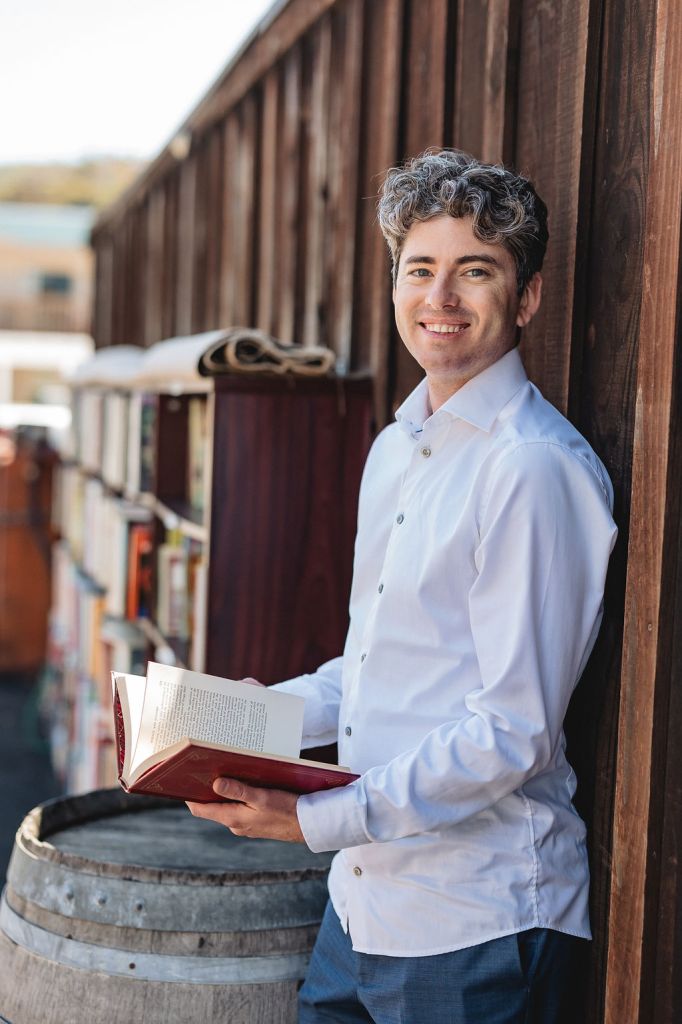
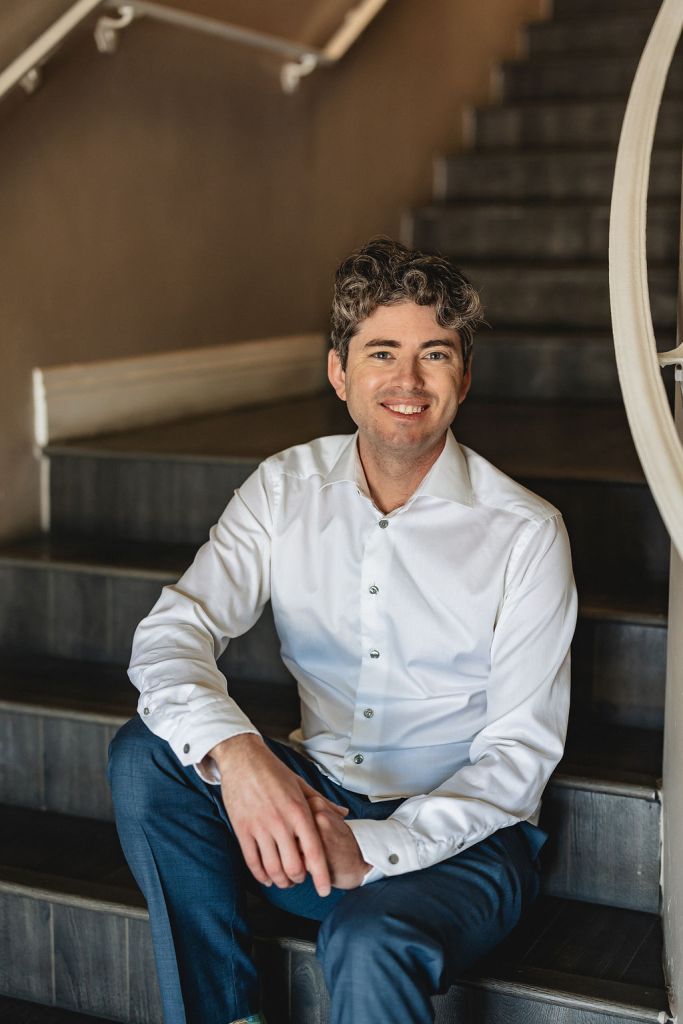
Feeling safe and comfortable
Amanda: And thank you for trusting us. Honestly, I mean, that does mean a lot because a lot of people. I always tell my husband, I’m like, I’m actually kind of a therapist in the session sometimes too.
Jennifer: Yeah.
Amanda: And things can come up. Everyone has something with their appearance or something that someone may have said to them in their lifetime, and it still is there. You don’t know what’s going to bubble up.
Jennifer: Yeah.
Amanda: It’s great though because we can sort of like work through it together. And I like to be sort of like a safe space for people. And what you said earlier about Matthew coming in, I thought that was really great that you guys came together for the experience and that men understand that. There used to be a stigma, but I really don’t think that’s the case anymore with men getting hair and makeup. It’s so natural and so normal and anyone can come in and it’s great. Who doesn’t want to see yourself from a different perspective or enhancing what you already are is more like what it is.
Melissa: Yeah. Matthew looked very natural. You can’t pick out that he’s wearing makeup in the wedding photos or the branding photos.
Amanda: I never think it’s fair that women in photos have perfect flawless skin and makeup. And the guys, if they get a sunburn or if they have a pimple, it’s like-
Melissa: Too bad, too bad.
Amanda: They just don’t do anything, but it’s nice to have everyone looking flawless in your pictures.
Melissa: Regardless of gender, everybody wants to look really- It looks
Amanda: Yes,exactly. You hit the nail on the head.
Jennifer: His family was so cute. They were like, “You’re all coiffed.” It’s perfect.
Melissa: Coiffed, I love that. I love that. Oh my gosh.
Sifting through selfies (hundreds of them)
Jennifer: Now, when I think back on that process and I think about the day before the, not the wedding photo shoot, but the branding photo shoot that we did. I am someone… Okay, so I like makeup. I like taking selfies. I like taking photographs. I think I’m pretty good at taking photographs too. And so I actually had thousands of photographs that I had to upload from my phone onto my computer and it was because I was going on a trip. So I did this the day before our photo shoot. I uploaded probably 200 photos of myself into this one folder.
And I was like, “Wow, there’s so many photos of myself. Let me look through them and see if any are usable for my website because I’m going to be doing this redesign, but maybe I could fill things in when it comes to the photo shoot that we’re doing together.”
There was nothing. I mean, not that they were bad photos, but there was nothing that I was proud of and excited to share.
The feeling that I had when I got the photos back and I saw myself. I actually got the photos when I was traveling with some friends. And so we all looked at them together at the same time. It’s the only time I’ve ever done that. Like, looked at photos of myself with other people and they were excited for me, but they were excited because they could feel my personality and who I am through the photos and the makeup and the hair that we did together. It was such a collaborative project.
Tips for makeup and photography: lighting and color
Jennifer: We talked about people who maybe can’t afford to have you both out there, maybe can’t let go of some of their control preferences to let someone else in. And that’s okay. What are your suggestions for people who are going to do it themselves? Who are maybe, “I’ve never done makeup before. I’ve never even taken photographs before.” Do you have anywhere to start that you might recommend?
Melissa: Yeah, I’ll go first. With photography, it all comes down to lighting. Lighting is the most important thing. People think it’s backdrop or anything like that. It’s truly lighting. So if you are going to do a self-photoshoot, set up a selfie station, something like that, I would maybe invest in a little remote that can trigger your phone or use the timer feature. They just added a five second timer. So it’s no longer three and 10 seconds on the iPhone. You can also do five seconds, which is great. And find some good light, find a decently plain backdrop or whatever look you’re going for. Dress in a nice solid color and just experiment with how you look.
The lighting is really going to level up the professional look of the photo. Portrait mode is great on the iPhone. Unfortunately, I don’t know Android’s, I’m talking specifically iPhones, but they have something similar. Just to give you a little more of that depth of field blurred background feel, which also makes it a little more professional. So that would be my two tips. Find some really pretty lighting. Get right in front of a nice big window and practice your smiles and your posing.
Amanda: I also think another thing, I think those are great tips and also the lighting, like Melissa said, is key. But also I feel like really being prepared. So what we would have you do too, like we talked about the Pinterest boards. I’m big on that too. Like come up with a styling board of some sort where you’re kind of putting together a palette.
Start with colors that you like, that you gravitate toward. If you want it monochromatic, do that. If you want to do something colorful, what colors are we doing? Start really like looking at photos that resonate with you and put together a styling board, but condense it and make it. Yeah, you don’t want to be overwhelmed with a million things like, “Oh, I should try this or this.” Don’t do that. You’re just going to drive yourself crazy. Just condense it to a few of your favorites and sort of focus on that. Say, “Okay, I can go buy that sweater. I like that color. These are some colors for my makeup that would look really nice and compliment the background or what I’m wearing.” That sort of thing.
So kind of have an idea of what you’re doing and then be organized about it. If you want several looks, have that ready to go. And then if you’re doing hair and makeup switches, what are those going to be? Have little prompts about what you need to change into or what changes for hair and makeup you might make too. And think about your surroundings too. What does the set look like, “the set”? Your home, or what do you want in the photo? I love crystals, so for me, I would add some of my favorite crystals in the background, something like that. Something that’s personal.
Melissa: Also, when you are going into a photo shoot, whether you’re hiring us, whether you’re hiring someone else, doing it yourself, is knowing where the photos are going to go. So are they going to go on social media? Then most likely, you’ll want to take most of the image in vertical, straight up and down, because that is what social media likes. If it’s for your website, you may need more horizontal images. You may need a hero image for your website where you need to be a little more pulled back because it needs to be longer. Having an idea of exactly what you want so you can frame it in the way is going to make your job so much easier afterwards.
And one more tip. I truly feel that when we get photographed, a lot of times we’re very hard on ourselves, especially when we photograph ourselves. Sometimes you’re like, “Oh, I don’t know if I liked any of those.” Walk away from it for a little bit. Give it an hour, give it 24 hours, and then go back because we have very heightened emotion when we’re taking the photos and like, “Oh, I want this to be perfect. I look good. I don’t look good.” That sort of thing.
We kind of fight with ourselves. Sometimes just removing yourself from the photos for a little bit and then going back to them can be super helpful and just seeing them in a different way.
Working with your photographer on campus
Jennifer: That’s so helpful. Now, one thing to know if you’re a professor who’s wanting to do your photo shoot on campus, and I just know this from working university in the university events office when I was in school, is that oftentimes you may need permission to bring a professional photographer or stylist on campus if the photos are going to be used “commercially.” That is often not the case when you are a student of the school or a faculty of the school or you work there. Or maybe even if you’re an alumni, they may have a special form or process for you to fill out. It is good to check in because part of my job when I was doing that was to make sure that photographers who were on campus that didn’t have that slip did go and file things with the office.
This is mostly for the campus, like to protect things. It’s like a liability concern. They do occasionally need insurance for some situations, often not photography, but I just wanted to make that clear.
If you’re planning to do photos on campus, it’s good to ask or clear it with your supervisor or with whatever office is in charge of photography on campus, just to be sure.
Campus photographers are typically not available for outside photo shoots. If you’re looking for someone local, maybe you can’t bring Amanda and Melissa in, especially if they’re flying maybe across the country or to another country. Just know university photographers often are so busy, they just don’t typically have time to work on your project.
Your campus photographer or media office may have local recommendations though, so it’s worth asking. Just maybe don’t expect them to be able to drop things. Unfortunately, they’re typically really booked up with many different offices on campus needing their support. And, universities don’t usually have makeup and hair artists / stylists. So definitely reach out to Amanda no matter what. And, it’s good to ask for recommendations.
Questions to ask your photographer or makeup artist
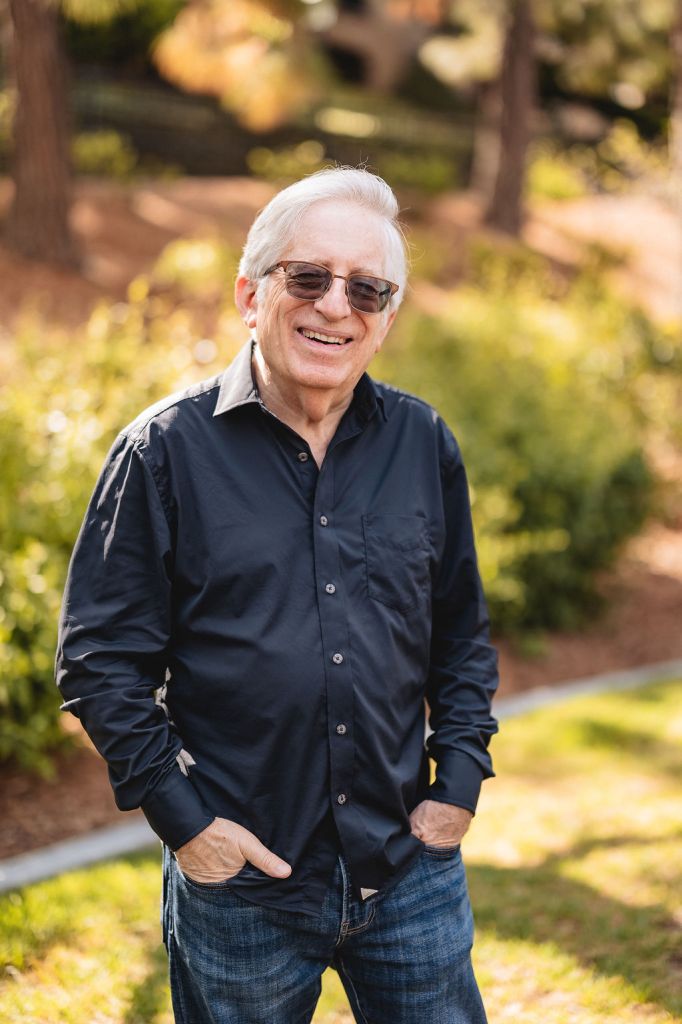
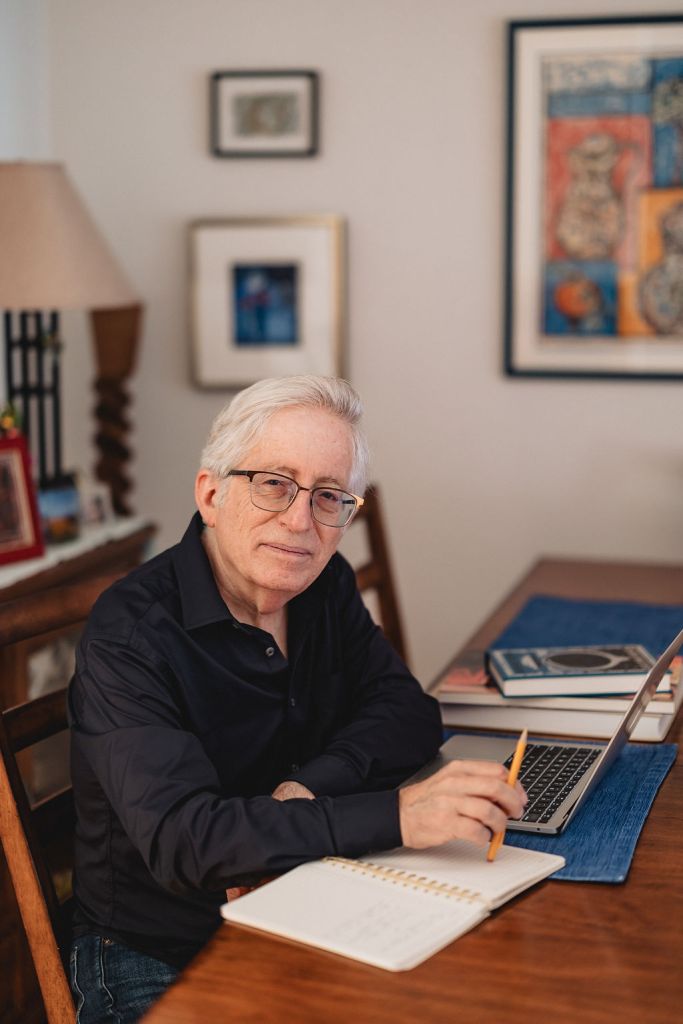
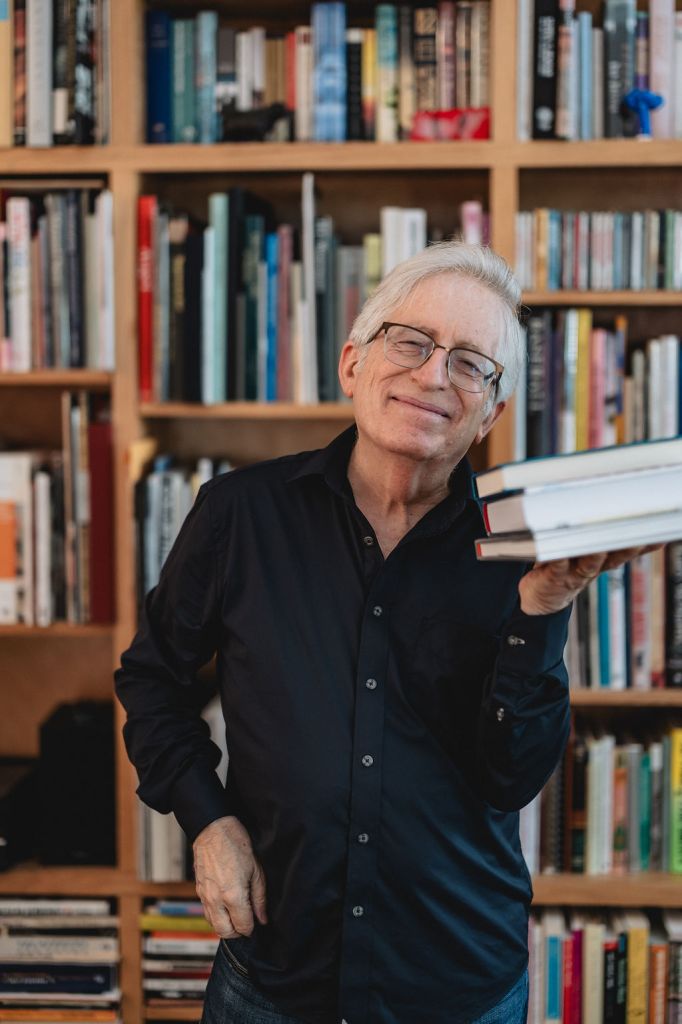
Jennifer: I’m curious. Both of you mentioned that kind of introductory call. Are there questions you should be sure to ask a professional if you’re thinking about working with you?
Melissa: Yeah, for me, it’s what the packages look like.
Do you get the digital images?
Am I allowed to use these for commercial, for my website, and for potentially making money off of them?
Because there are some tricky copyrights with photography. So just be very clear on, “Hey, I want to use these for my business. This is a branding photo shoot,” and then see where they lie.
Make sure you’re not just paying for the shoot, you’re paying for the images as well all in one.
Also, what the timing looks like. Photographers will know the best time for lighting, and if you go to them and be like, “I have to shoot at noon,” a photographer might be like, “Let’s rework this a little bit.” So deferring to them for lighting and even location. If you want on campus, that’s one thing. But if you want an off-campus location, asking referrals for your photographer is totally, totally . . . we love it.
Amanda: I think some of the big things to maybe consider if you are hiring a stylist are, if the stylist will stay on set with you for the duration of the shoot. Because, like you said, if you’re doing it yourself, you get hyperaware maybe, and you’re focused too much on every little thing. But to have the stylist like I did with you Jennifer, where I can be there as your person in the background, like, “Oh, hang on. We got to move your hair over a little bit,” or, “Nope, nope, nope. We got to move something here or change this.” I can be that person, so you don’t have to be the one worrying about it. Just find out if that service is available, and if they will stay for the duration of the shoot.
Also, keep in mind maybe what kind of products they’re using. Sometimes it’s important for people to have clean products. I try to use cleaner brands. I think that’s important. I wouldn’t want to use anything on someone’s skin that I wouldn’t use on my own, so I would ask about that and what they use, especially if you have allergies that you’re concerned about or anything like that.
Then just basically some ideas about what they can offer in terms of helping you come up with your look.
Melissa: Knowing what you’re going to wear when you’re going into the shoot, because that’ll help us also with location and colors. Amanda, I know that’ll help with makeup tones and everything like that. I love when clients send me ideas for what to wear, and I could be like, “This one is going to photograph really well.”
For some reason, neon colors are popular and neon colors do not photograph well.” I will tell people that. Stay away from the hot thing.
Jennifer wore this gorgeous orange sweater. I brought it up again, but it just popped with her skin tone and everything. It was the perfect, perfect color. If you’re on the fence about what to wear, ask the professionals.
Jennifer: Amanda, when you mentioned – as a stylist, that was something that I actually kind of wish I had chosen for my wedding. When it came to the branding photo shoot, I remember at the time really feeling like it was a splurge. This is something that I’m gifting to myself because I actually think that this team is so great that I can see our synergy working together even better day of.
Now, when it came to the day of, I really was so glad that I had invested in that because I felt more comfortable. It was almost like having an extra—not that Melissa and I have obviously done photographs together and it’s fine, but having another person there helped me feel more comfortable. It actually helped me feel like, “Oh, I can’t let someone else think about these things that maybe I would want to think about. I would probably be looking around the room. Should I move anything? Should I spot anything?” My brain got to relax. My brain got to kind of let go and let Melissa take these amazing photos. She knew where she was going in the office, so it let my brain focus on just being myself.
It was interesting that having more people in the room was better for me because I’m really introverted. I’m a super introverted person who mostly connects with people virtually. It was fascinating that that made it more comfortable for me. I’m so glad that you were both there.
Melissa: We have that rapport. We have that chemistry already because we have worked together a few times now. I think it’s great. Just having a team to support you is going to maybe have the best results.
Amanda: If it’s someone that is an introvert, they could always do a preview. With weddings, we do what’s called a bridal preview where you come in, you try out your look, you see how it feels, you see if you want to tweak anything. If it’s translating from, say, the photo to your own features, that’s a big deal. That’s totally an option too, just to try it out first and see. Then also that makes you have the chance to build rapport with the artist, with the stylist, especially if I’m going to be on set with you. That’s the time we can get to know each other. Then that day, it’s more cas [casual].
Jennifer: Just for everyone who’s listening, trial is typically a paid experience. I just want to mention, even though it’s called a trial, it doesn’t mean that you’re trying out the service. It means that you’re trying things out to see how it feels on your face, to see how your hair is reacting to it. You’re trying it together.
Oh, this is such a good conversation. Is there anything else you want to chat about or add before you wrap up?
Investing in yourself and being authentic online
Melissa: I think that people, I think you mentioned this earlier, Jennifer, but I think people struggle with the, “Is this worth it? Am I worth it? Investing in yourself?” I really think it is. Pictures really convey a message to your audience. Your branding is very, very important and you want to show up as your authentic self. Spending that little bit of extra money is really going to help you level up your website, your social media, that sort of thing. Selfies are great. Self-photos are good too. A mixture of both I think is where the sweet spot is.
Amanda: I completely agree with you and I also wanted to point out, I’ve seen a lot of branding right now with AI and it just strikes me as too slick. I guess it is the word slick and just not authentic, which I guess if you don’t care about that portion of it, you just want a really polished, flawless picture. That’s fine. But if you really do want to connect, I don’t think AI is where it’s at for authentically connecting.
Jennifer: Yeah, and I don’t think that AI is even there yet.
Amanda: Just my thought, it seems like something’s off almost. If I see it, I can’t connect with it. If I see someone and it’s just . . . I don’t get a sense of who they are.
Jennifer: You can tell, you can tell when it’s an AI photo
Amanda: Definitely.
Melissa: I think it’s an easy out and I think easy outs are always not going to be ultimately the long-term option.
Jennifer: Yeah, and I feel like this audience, academics, they are not easy way out people. They have stayed in school doing their research, doing their teaching for so long in order to create oftentimes quite slow changes that make big impact. That is something that you can do for yourself too. That is something that you can do with this gift to yourself.
The way that I think about it is you don’t even need to be on social media or have a website for this kind of service to really benefit you as an academic. There are news articles that your university or your college might want to write about you. There are local appearances in the news or maybe in an academic society organization where they might not need to share your photo, where they might want to have options for what to share. Maybe that kind of stoic traditional headshot that you took for your campus photographer isn’t going to cut it for that use because it doesn’t feel like you. It doesn’t feel like this purpose. You have options and these two amazing people are my favorite options for you. They’re who I’m going to be recommending to my professor clients from now on.
Amanda: Thank you. And don’t forget guys, this is a tax write-off too. [Laughing]
Jennifer: That is so true.
Melissa: That’s the best advice. That’s the best advice I’ve heard.
Amanda: I do my pictures too and I’m like, “I can just write it off. It’s fine.”
Jennifer: Yes, this is helping your career.
Amanda: And I also wanted to point out, so during the shoot, I was the person that was doing behind the scenes content too. So that’s another element that you’re, it’s kind of like a bonus. It’s like if you have a stylist that loves social media like I do, I’m always video, videotaping everything. I like doing reels. So I love sharing that with my clients too. Like, “Oh, I got these behind the scenes footage” or for the photographers too. I’m like,” I got you in action. Here you go.”
Jennifer: So fun.
Amanda: It’s social content for everybody, which everybody needs.
Jennifer: There are so many ways that we can create more authenticity for ourselves, whether it’s through behind the scenes content or even people who have never worn makeup, never had their hair professionally done can still feel more like themselves by working through this together. And so I really appreciate you both coming on the show and sharing your expertise because you are humans that I care about. And I know can help so many people.
Melissa: Thank you Jennifer.
Amanda: Thank you Jennifer, and I just wanted to point out you don’t have to wear a ton of makeup or do something crazy with your hair. It’s just a little bit of an elevation. So if you are a natural person, we can keep it natural. It doesn’t have to be like another level. But it’s just, I kind of feel like I have an eye for how much you need for it to show up properly in photos and what Melissa needs to capture your features, your best features. That’s what I’m there for, to pick up the best parts about you and kind of show the world.
Jennifer: Thank you so much for coming on The Social Academic and for everyone listening. I’m going to have their contact information in the description below so you can get in touch if you’re interested in working with these amazing people.
Melissa: Thank you!
Amanda: Thank you! Thanks for having us.
Melissa: Appreciate you.
Subscribe to The Social Academic blog.
The form above subscribes you to new posts published on The Social Academic blog.
Want emails from Jennifer about building your online presence? Subscribe to her email list.
Looking for the podcast? Subscribe on Spotify.
Prefer to watch videos? Subscribe on YouTube.
Bios
Amanda Thorne | Thorne Artistry
Amanda Thorne is the owner of Thorne Artistry, an award-winning, inclusive, creative styling company based in San Diego, California, but available worldwide! Thorne Artistry not only offers hair & makeup for weddings, but all special events including family, branding sessions, and editorial shoots.
Thorne Artistry specializes in, and is known for, soft or natural glam that elevates your beauty, while making sure it still looks & feels like you. Thorne Artistry is also known for a focus on clean beauty, and the best products available.
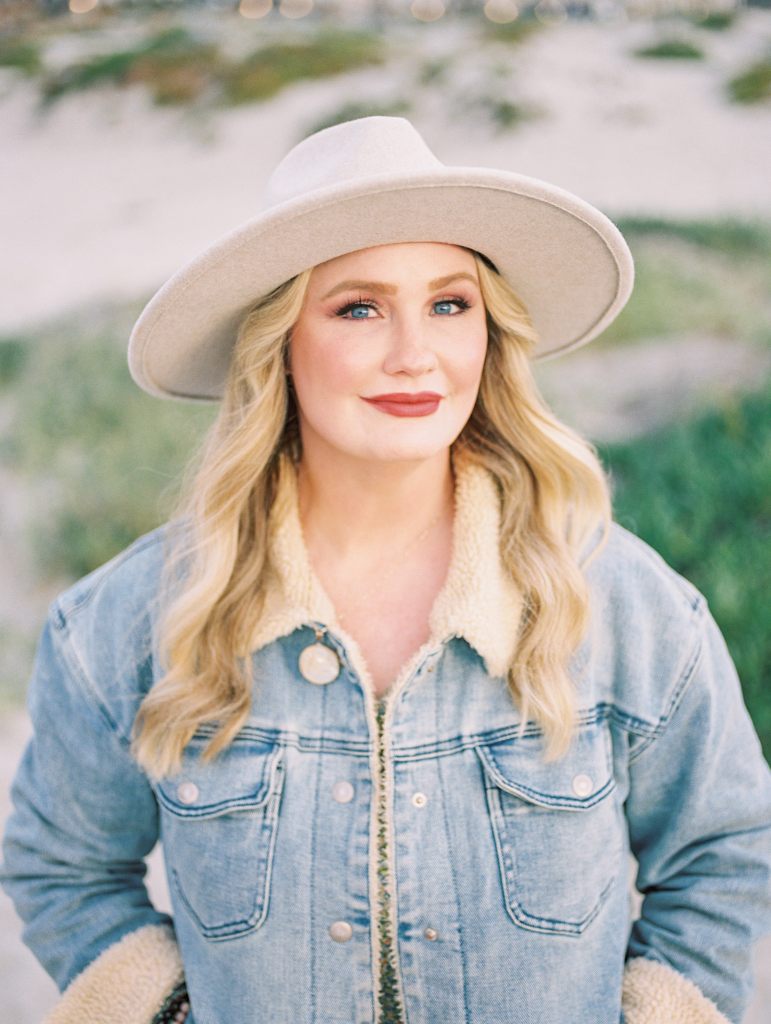

Thorne Artistry’s work has been published nationally & internationally in Rolling Stone, Vogue India, Martha Stewart Weddings, US Weekly, and People magazine. Locally, you can see Amanda’s work grace the covers of Exquisite Weddings, Pacific, and San Diego Style magazine. You may also see her work appear on The Bachelor, Summer House, or other Bravo favorites.
Thorne Artistry has worked with multiple celebrity clients, and appears regularly in well-known wedding publications like Martha Stewart Weddings, Style Me Pretty, The Knot, Magnolia Rouge and many more. Thorne Artistry has consistently won WeddingWire and The Knot Couples’ Choice Awards, was voted Best Hair and Makeup by the San Diego A-List Awards and voted by her peers for Best Hair & Makeup by California Wedding Day magazine.
Born in Ohio, Amanda has always had the travel bug, has visited over 23 countries, and has lived in Australia, Seattle, San Francisco, & currently resides in the La Jolla neighborhood of San Diego. Her styling career started while studying at the University of Dayton where she produced TV commercials. Amanda is also a former radio DJ, and was the host of Alt949’s Big Sonic Chill.
When Amanda’s not creating beauty, she can be found outdoors with her husband and two kiddos going on lots of road trips, hiking, listening to good music, finding new coffee spots, fun thrift markets, or reading biographies, or a good psychological thriller! Reach out to chat more & reserve your upcoming date.
Melissa McClure | Melissa McClure Creative
Melissa McClure is a wedding and personal branding photographer with 20+ years of experience. She lives in San Diego, California. Melissa is a also a ‘social media goddess’ and coach who helps women entrepreneurs step out of their comfort zone and own their power online.
Melissa McClure is redesigning her photography website. I’ll update this page when her new website is live for you! In the meantime, get in touch through her coaching website.
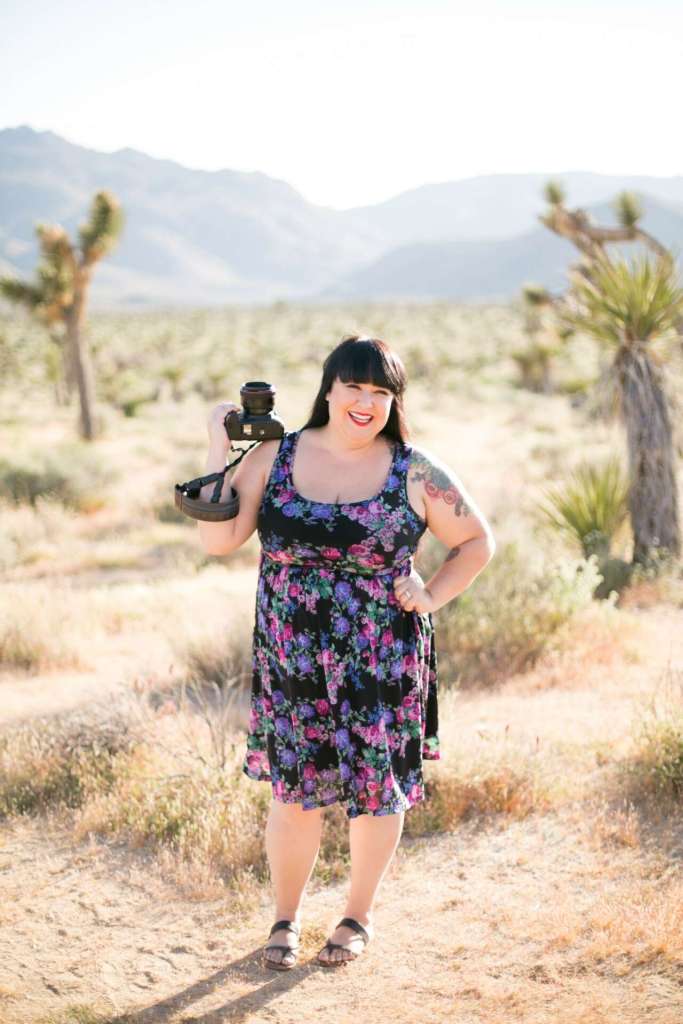
Want to work with Melissa or Amanda? Yay! I accept no monies or gift when you move forward with them. I share them each with you because they’ve helped me with their expertise and artistry. I trust them to help you too. Thank you!
—Jennifer






